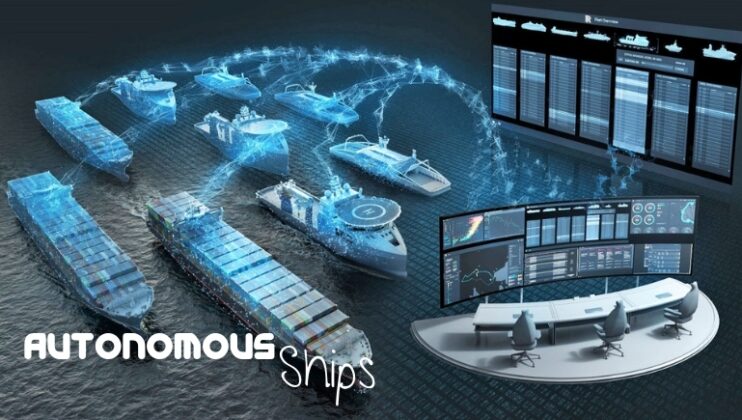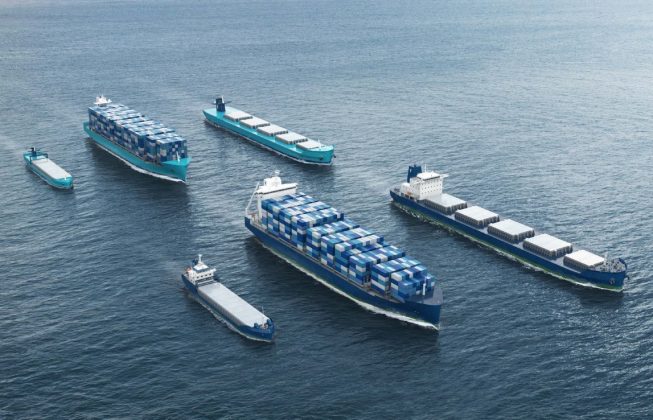Maritime innovation: Autonomous ships integration
July 24, 2022 Maritime Safety News
(www.MaritimeCyprus.com) The landscape of maritime commerce is rapidly shifting as advances in digital technology drive industry towards increased automation. Globally, in Norway and Finland, vessels like the Yara Birkeland and Finnferries’ Falco, respectively, have demonstrated through the future of research and development in this space.
Additionally, we looked at the risks and challenges that must be overcome to enable safe and secure deployment of autonomous technology in the maritime domain. With new this technology comes risks that challenge the norms of safety and operational requirements.
Accordingly, the US Coast Guard must understand these emerging technologies and their limitations, in order to provide a clear path towards sensible, prudent regulation in alignment with our global partners. Further, Captains of the Port must continue to engage with maritime stakeholders to manage new autonomous vessel projects, research, and testing while minimizing risks to local waterways.
Globally, the International Maritime Organization continues its efforts, working with maritime nations to establish governance of autonomous vessels and chart the path forward for modifications to international conventions. In parallel, domestic efforts are ongoing as the U.S. Coast Guard is currently evaluating amendments to regulations and policy needed to keep pace with the forthcoming changes brought by autonomous shipping. Concurrently, industry continues to innovate and develop new and exciting systems that highlight gaps in current international and domestic requirements. We will work through these challenges together to ensure alignment in our mutual goals for a continued safe, prosperous, and technologically advanced maritime sector.
As we move forward, autonomous technology provides a tremendous opportunity for our maritime workforce and creates a demand signal for young leaders who understand the technology and can help shape the future operating environment. We are excited to see
contributions from the maritime academies who are integrating autonomous technology into their curriculums to train the next generation of mariners. There are also articles from some of the USCG junior officers who recently earned post graduate degrees and others who are pursuing excellence in the field.
Autonomous technology brings new challenges, pushing the bounds of international and domestic laws, regulations, and standards. In many cases, these guiding documents will require modifications to account for the changing risk profile these vessels and systems pose. Internationally, work on this front continues through the International Maritime Organization. Domestically, the US Coast Guard continues to address policy and regulatory
gaps while working closely with Captains of the Port and Officers in Charge, Marine Inspection to ensure a consistent and standardized approach to these new vessel projects is employed.
As this technology progresses, mariners’ roles are changing. In the future, these positions will likely be increasingly technical and work in concert with automated systems in the course of vessel navigation, engineering, and maintenance. Solutions to the challenges presented by autonomous vessels are not simple. They will require close cooperation between the technology industry, vessel operators, and regulators.
Read more on the subject, in this edition of Proceedings, Spring 2022 edition of the US Coast Guard Journal of Safety & Security at Sea, highlighting the innovative developments in autonomous vessel technology and the challenges faced by industry and regulators in the drive towards greater automation in the maritime landscape:
Source: USCG







